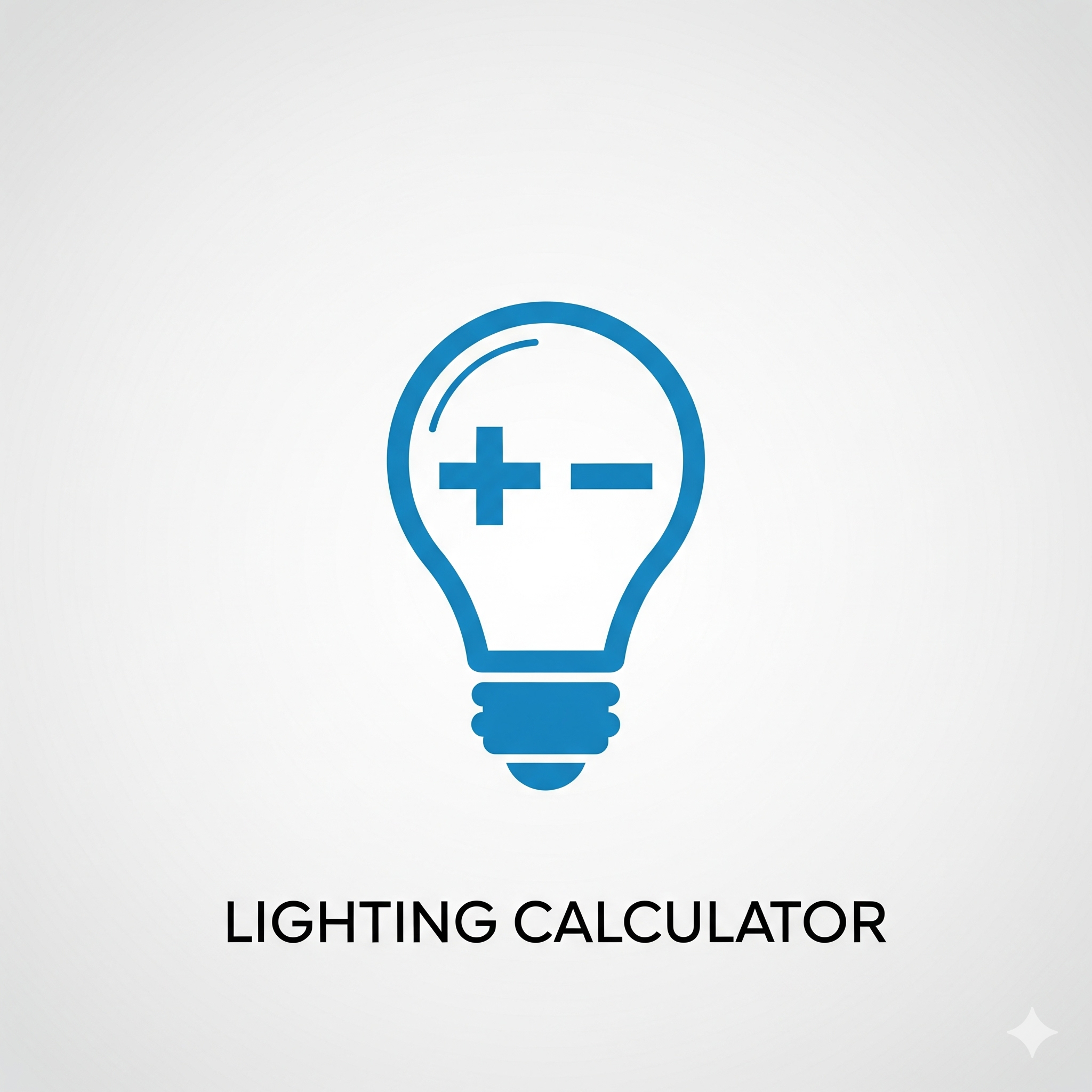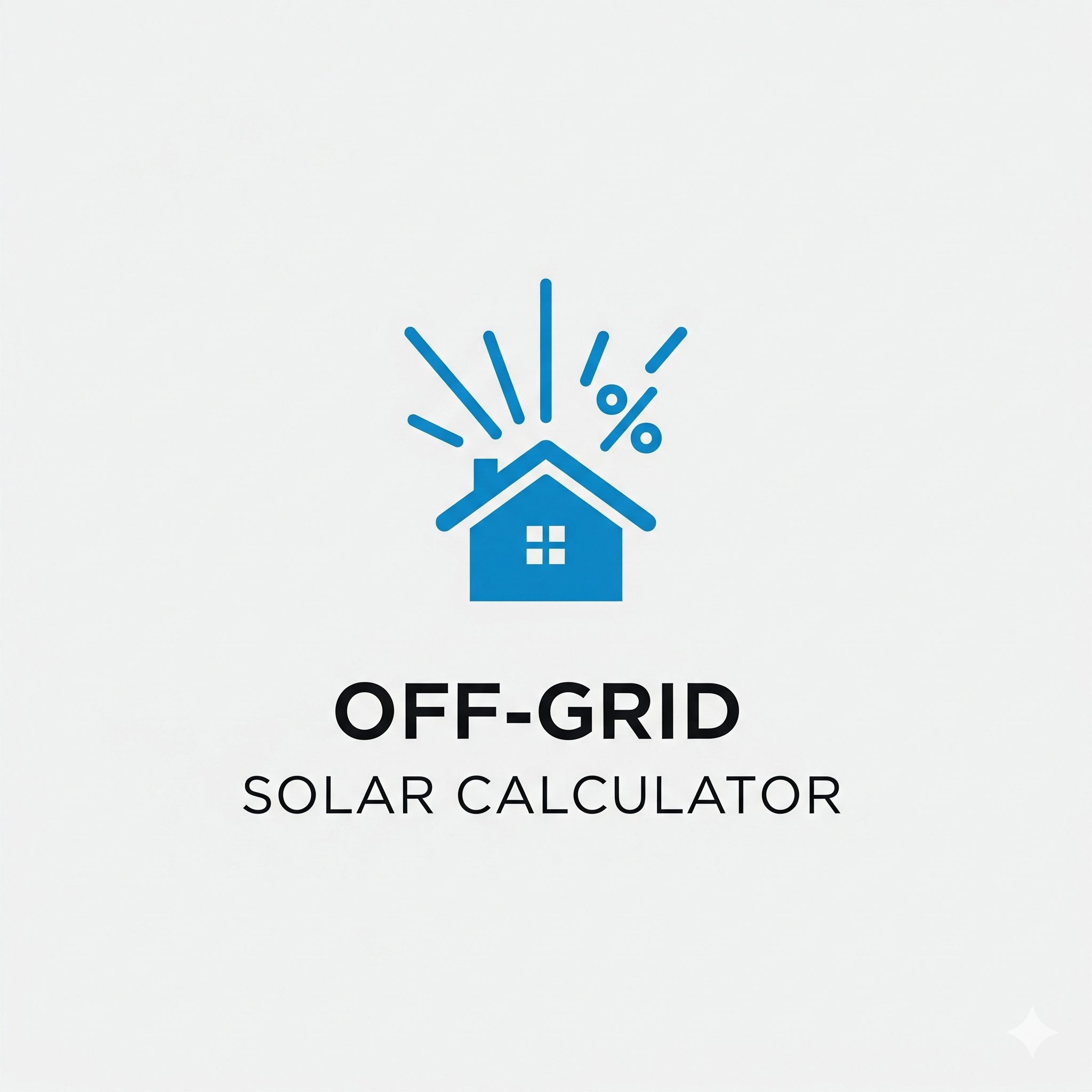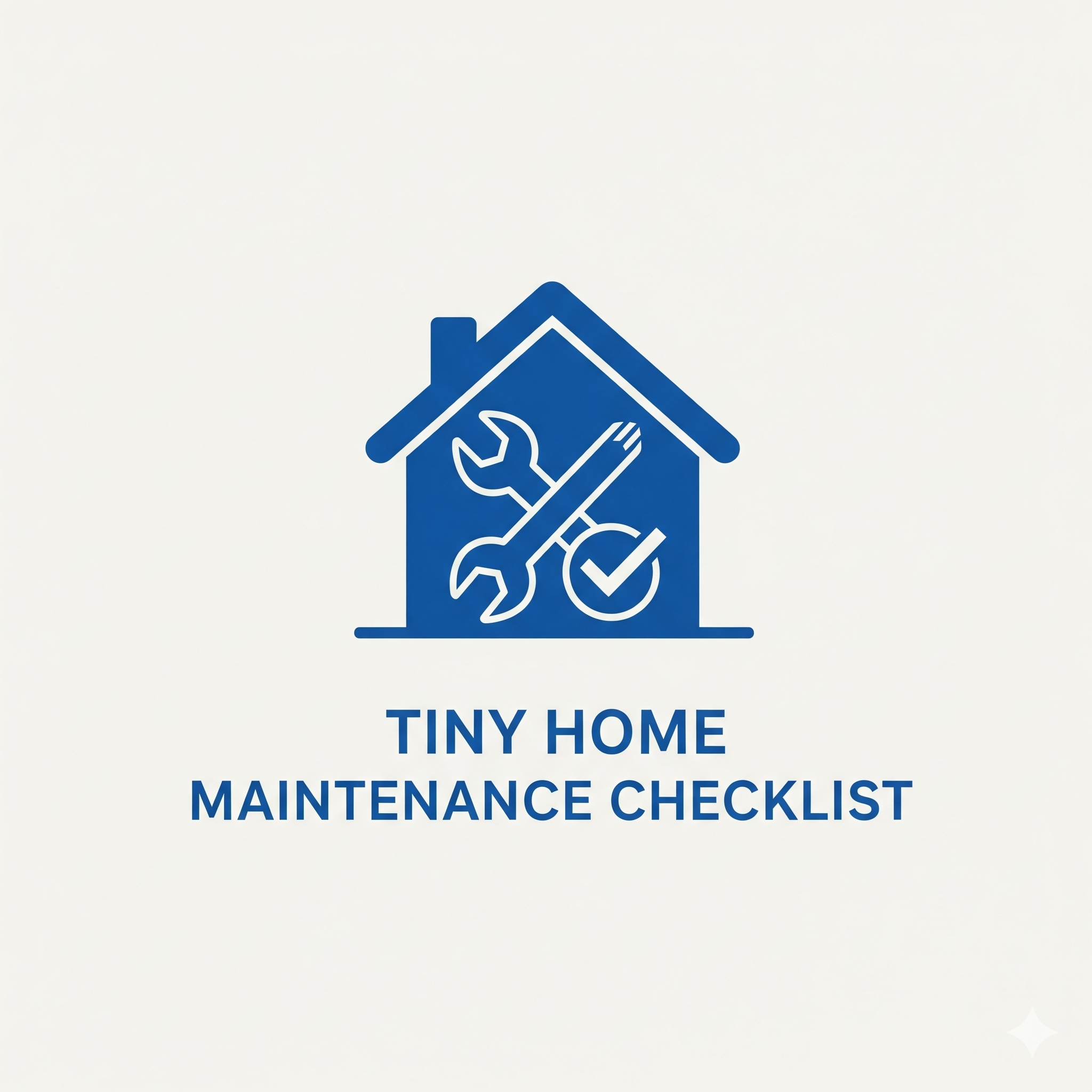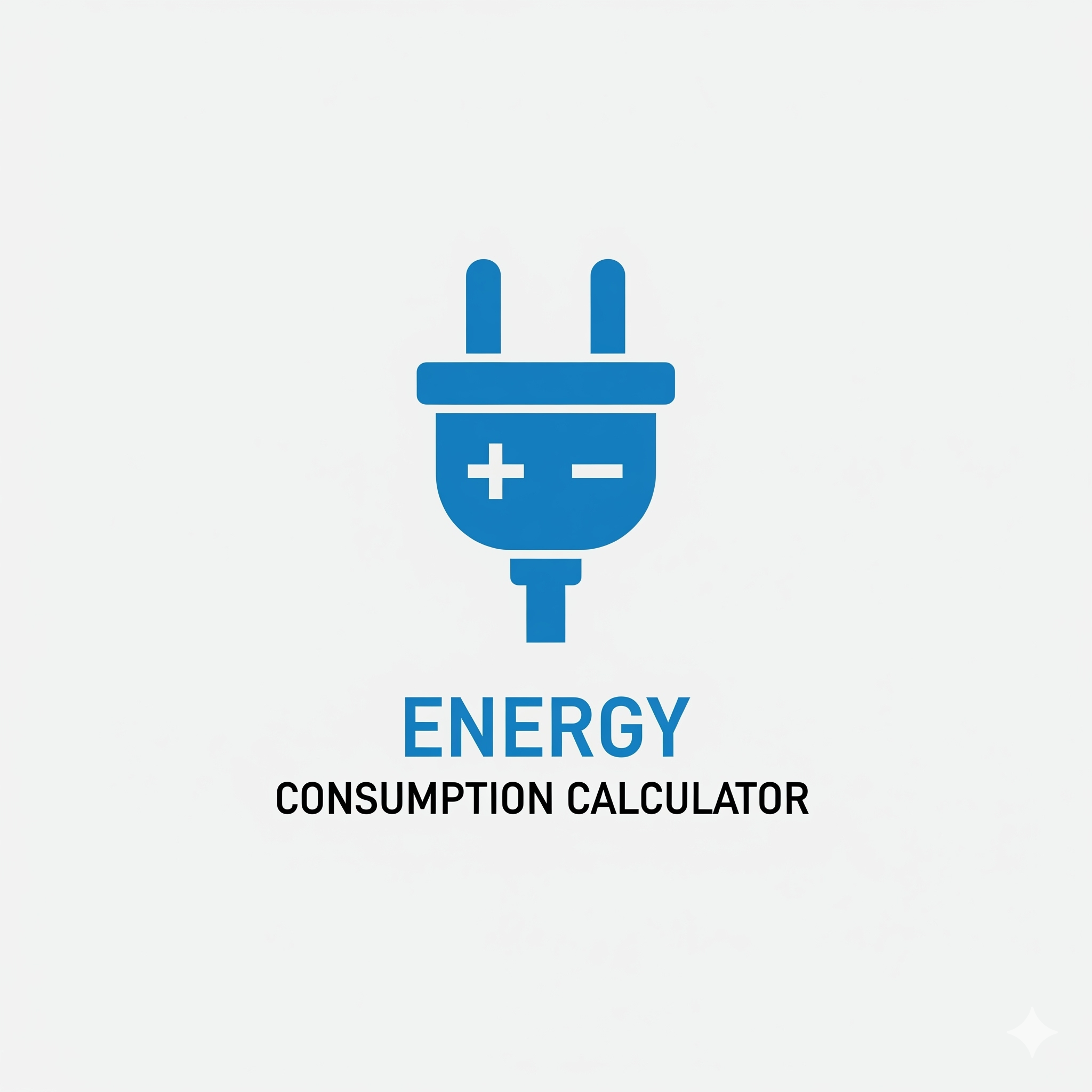Lighting Calculator for Any Room
Our free Lighting Calculator helps you determine the right amount of light (lumens) for your space. Get recommendations for bulb type and color temperature for any room.
Room Lighting Calculator
Enter your room’s dimensions and its primary use to get a complete lighting recommendation, from total brightness to color temperature.
Your Lighting Plan
How to use this tool: Enter your room’s width and length in feet, then select the room’s main purpose from the dropdown menu. The calculator will tell you the total amount of light (in lumens) you need and provide specific recommendations for the best type of light bulbs and color temperature to create the perfect atmosphere.
The Ultimate Lighting Calculator: A Bright Guide for Your Tiny Home
Lighting is one of the most powerful and misunderstood elements of interior design. It can make a tiny room feel spacious and airy or cramped and cave-like. It can make you feel energized and focused or relaxed and ready for sleep. As someone who designs and builds tiny homes at Neat Tiny Home, I’ve seen how the right lighting plan can be more transformative than any piece of furniture. The problem is, the world of lighting is filled with confusing jargon like lumens, watts, and kelvins. That’s why I created this simple **Lighting Calculator**. It’s designed to be your personal lighting designer, translating your room’s needs into a clear, actionable plan so you can illuminate your home with confidence.
Forget about choosing bulbs based on their wattage. That’s an outdated relic from the era of incandescent bulbs. In today’s world of energy-efficient LEDs, the most important number is **lumens**, which measures the actual brightness of a bulb. This **Lighting Calculator** uses professional standards to determine the total lumens your space requires for its specific function. It takes the complex calculations out of your hands and gives you a simple, powerful number—your target brightness. This is the starting point for a lighting scheme that is not only beautiful but perfectly functional for your lifestyle.
Lumens & Kelvins: The Two Numbers You Need to Know
To master your home’s lighting, you only need to understand two key concepts. First is **Lumens (lm)**, which, as we’ve discussed, is a measure of brightness. The more lumens, the brighter the light. Our calculator determines the total lumens needed by multiplying your room’s square footage by a recommended “foot-candle” (or lumens per square foot) level based on the room’s purpose. The second, and equally important, concept is **Kelvin (K)**, which measures the color temperature of the light. This is what determines the “mood” of the light.
- Below 3000K (Warm White): This light has a cozy, yellowish-white glow, similar to a traditional incandescent bulb or candlelight. It’s ideal for creating a relaxing, intimate, and inviting atmosphere in living rooms and bedrooms.
- 3100K – 4500K (Cool White/Neutral): This is a crisp, bright, white light. It’s more neutral and is great for task-oriented spaces like kitchens, bathrooms, and offices where you need to see clearly and accurately.
- Above 4600K (Daylight): This light has a bluish-white tone that mimics natural daylight. It’s very high-contrast and is best used for task-specific areas like a workshop, a craft table, or for applying makeup.
Understanding the interplay between brightness (lumens) and mood (kelvins) is the secret to creating a layered and functional lighting plan. The Energy Star program, a government-backed symbol for energy efficiency, has excellent guides on this topic which you can explore for more depth.
The Three Layers of a Professional Lighting Plan
A great lighting plan isn’t just about a single light fixture in the center of the ceiling. Professionals think in terms of three distinct layers of light. Our **Lighting Calculator** helps you determine the total brightness, and you can achieve that total by combining these three types:
| Lighting Layer | Purpose | Examples in a Tiny Home |
|---|---|---|
| 1. Ambient Lighting | The overall, general illumination of the room. Your foundational layer. | Recessed ceiling lights (pot lights), a central flush-mount fixture, or wall sconces. |
| 2. Task Lighting | Focused, brighter light for specific activities. | Under-cabinet LED strips in the kitchen, a floor lamp by a reading chair, a desk lamp. |
| 3. Accent Lighting | Adds drama and highlights architectural features or decor. | A picture light over a piece of art, a small spotlight aimed at a plant, or LED tape lighting along a shelf. |
In a tiny home, a successful strategy is to keep your ambient lighting soft and warm, and then add bright, focused task lighting exactly where you need it. This keeps the space from feeling clinical or overlit while remaining highly functional.
Pro Tips for Lighting a Tiny Space
Beyond the numbers, there are several visual tricks you can use to make your small space feel larger and more inviting with light:
- Wash Your Walls with Light: Instead of aiming lights down into the center of the room, aim them towards the walls. Wall-washing fixtures or even just angled spotlights can make the boundaries of the room seem to recede, creating an illusion of spaciousness.
- Use Dimmers Everywhere: Dimmers are your best friend in a tiny, multi-functional space. The same set of lights can be turned up to full brightness for cooking and then dimmed down low for a relaxing dinner. This flexibility is non-negotiable for small-space living.
- Embrace Mirrors and Reflective Surfaces: A well-placed mirror opposite a window or a light source can effectively double the amount of light in that area. Glossy finishes and metallic decor also help to bounce light around the room.
- Choose the Right Lampshades: In a small space, avoid heavy, opaque lampshades that block light. Opt for shades made of linen, light-colored fabric, or even glass that allow light to diffuse through them, contributing to the overall ambient light level. Retailers like IKEA are masters of providing lighting solutions that work well in compact spaces.
Lighting is a journey of discovery. It’s one of the few elements of your home that you can continue to tweak and perfect over time. Let this **Lighting Calculator** be your starting point—your guide to getting the fundamentals right. From there, you can play, experiment, and build a layered lighting scheme that makes your tiny home truly shine.
What is the biggest lighting challenge in your home right now? Is it a dark corner, a harsh overhead light, or something else? Share your lighting puzzles in the comments below!
Frequently Asked Questions (FAQ)
- The calculator recommended a high number of lumens. Does that mean my room will be too bright?
Not necessarily. The total lumens can be distributed among several different light sources. For example, a 2,000-lumen recommendation for a living room could be achieved with four 500-lumen bulbs in different lamps, creating a soft, distributed glow rather than one harsh, central light source. - Are LED bulbs really better?
Yes, unequivocally. They use up to 80% less energy than incandescent bulbs, last up to 25 times longer, and come in a vast range of color temperatures and brightness levels. They are the clear choice for any modern lighting plan. - What about natural light?
This calculator focuses on artificial lighting needs. However, you should always aim to maximize natural light first! Keep windows clean and unobstructed. The recommendations from the calculator are intended to supplement and replace natural light in the evenings and on dark days.
– - Can I use smart bulbs with this plan?
Absolutely! Smart bulbs are a fantastic way to implement this plan. You can buy bulbs where you can adjust both the brightness (lumens) and the color temperature (kelvins) from your phone. This allows you to have a “task” light and an “ambient” light all in the same fixture, which is perfect for a multi-functional tiny home.




Post Comment